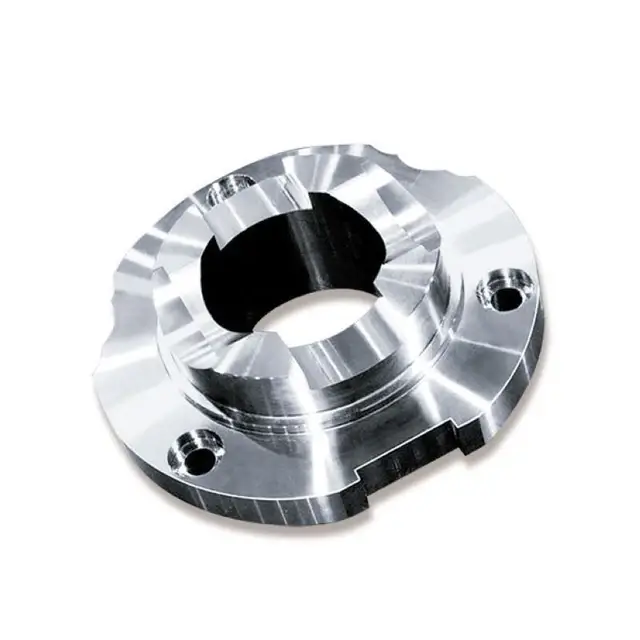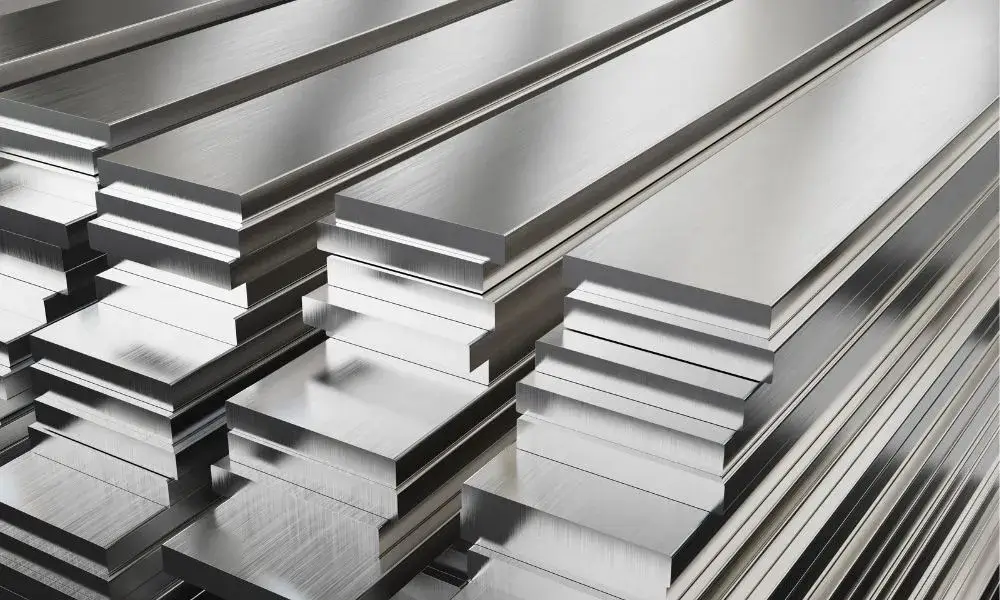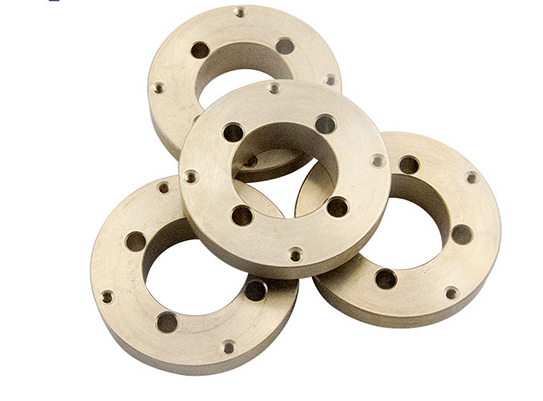Precautions for stainless steel processing
Stainless steel has many properties that are attractive to industries such as automotive and aerospace, and can also be used in kitchenware and sporting goods. Adding chromium to iron produces a corrosion-resistant and strong product with a wide range of applications. It can be non-magnetic, and its various alloys have high strength and good plasticity.
This composition is also the reason why stainless steel is difficult to machine. It becomes harder and generates a lot of heat. This affects tool wear and surface finish. Feed and speed become key factors in machining stainless steel.
1.Why choose stainless steel
Why stainless steel is a popular material choice across industries. The first is corrosion resistance. A prime example of this functionality is in surgical instruments and kitchens, where components are constantly in contact with heat, chemicals, and water. Stainless steel also has an incredible strength-to-weight ratio, which means thinner materials still provide stability under pressure.
Combined with its strength, it is also extremely flexible, allowing welding, forming, cutting and machining operations to form its final shape. Its aesthetics and ease of maintenance also contribute to its popularity as the metal of choice. These factors combine to make stainless steel a cost-effective alternative with a longer service life compared to other metals such as titanium, aluminum, brass or nickel.

2.Processing precautions
1) Machining stainless steel
Several factors can affect the machining process. The increase in hardness upon heating is the primary consideration. Tool and toolpath selection must focus on chip evacuation and chatter reduction. Coolants are often required, and workholding can easily fail due to vibration during rigorous machining. Taking these factors into consideration is key to producing high-quality machine parts.
2) Coolant
Large amounts of cutting fluid can remove heat from the chips, aid in chip breaking, and improve the dimensional stability of the part. The precise target and type of coolant is important to its effectiveness. The flow of coolant can pass directly through the cutting tool, known as through-coolant, to provide optimum chip evacuation for stainless steel. Consistency of coolant is critical to avoid temperature fluctuations that can lead to thermal cracking and shorten tool life.
A common cutting fluid is a mixture of oil and water. Pure cutting oils are undiluted oils and an option for cooling stainless steel. If using a lotion, a concentration of 8% to 10% is recommended.
3) Tooling
Tools must be of high quality and extremely strong to use the hardness of stainless steel. Both the tooling and the workpiece must be installed. Always keep tool overhang to a minimum, especially when drilling or internal turning. To help reduce vibration and provide a high-quality finish, use a sharp tool or blade with a small point or corner radius.
The tool should also be designed with a high edge count and/or high helix, especially for high quality finishes. This design effectively extracts chips from the cut.

4) Feed rate
Stainless steel may vary slightly between suppliers and batches. It’s always important to pay attention to their advice. Material feed rates and cutting speeds balance tool life and surface finish with fastest machining times. Typical SFM recommendations are between 100-350 with a chip load range of 0.0005” for a 1/8” end mill to 0.006” for a 1” end mill.
Determining these rates for each operation can be tricky based on a variety of other factors, including the quality of the tool and its machine. Operators trying to operate safely can damage the tool by causing too low feed rates or speeds. Friction occurs, wearing off the sharpness of the cutting tool. Managing small cuts at low speeds will also increase the hardening of the workpiece. High-speed machining on the new equipment follows the faster principle, using shorter tools to make shorter cuts closer to the workpiece. This creates an optimal environment for stainless steel. Heat and friction are reduced and tool life is extended.
A good mechanic will make use of charts, simulations, and manufacturer recommendations, but will always use common sense to develop the best feed rates and speeds for each job. This can only be developed through years of experience.
5) Mechanics
The high strength of stainless steel combined with its high ductility makes chip breaking more difficult. The inherent risk of vibration can be addressed by ensuring that the tool and workpiece are stable and well clamped. There are other mechanisms that need to be considered in order to alleviate the problems with stainless steel.
Certain operations, such as threading, can be improved by pre-drilling a hole 0.1 mm larger than the recommended value. This will reduce the torque levels encountered during threading, which in turn will improve tool life and performance.
The corners should also be approached differently, approaching and leaving at a lower speed, being careful not to slow down too much or heat will build up leading to poor corner finishes.
